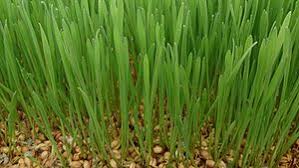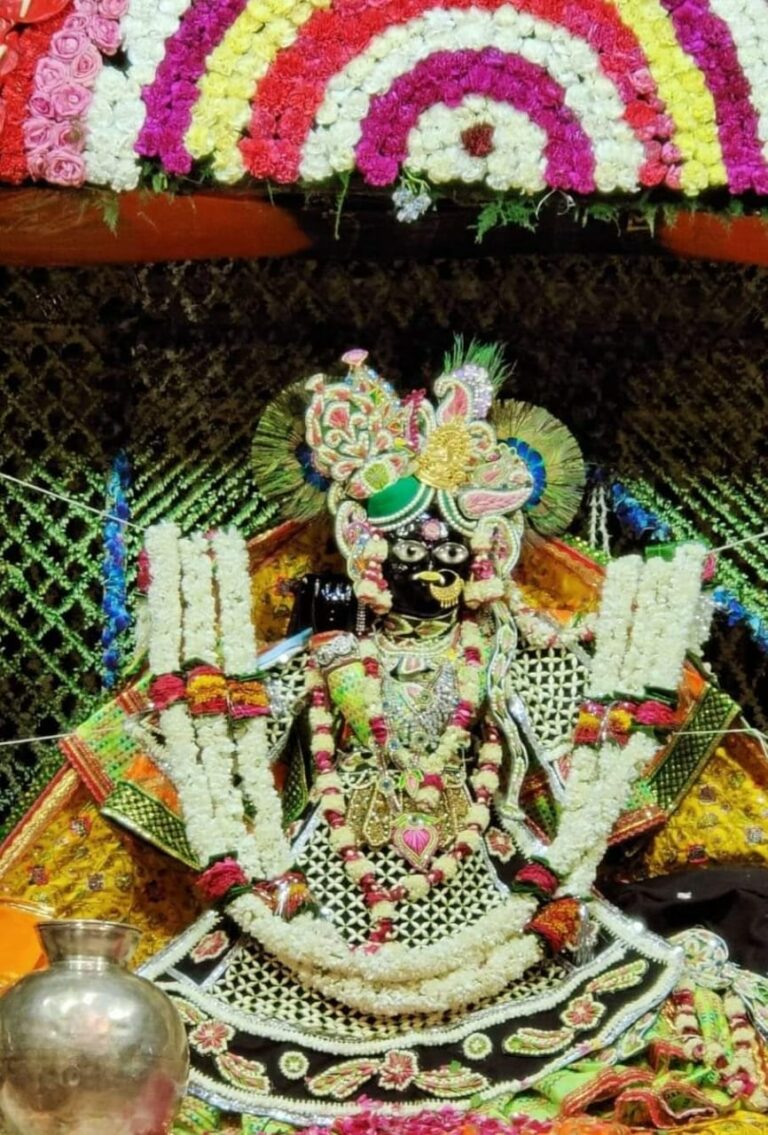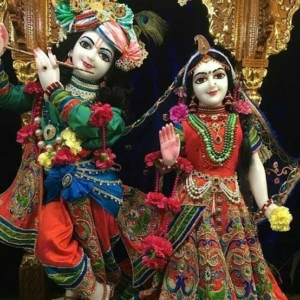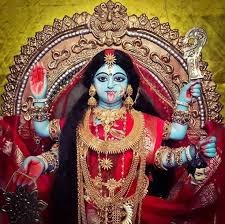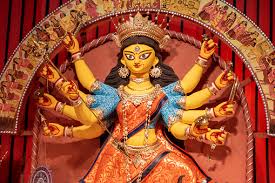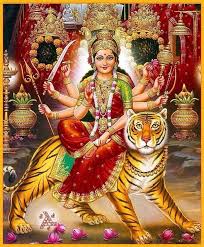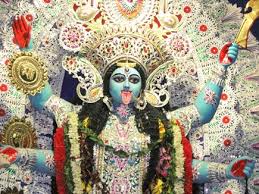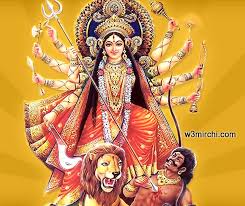अन्न के सम्मान का संदेश है नवरात्रि पूजा में जवारे बोना
नवरात्रि के दिनों में जवारों की पूजा का बहुत महत्त्व होता है। शारदीय नवरात्र हो या गुप्त नवरात्र, जवारे के बिना मां दुर्गा की पूजा अधूरी मानी जाती है। घट-स्थापना के साथ ही जवारे हेतु गेहूं बोया जाता है। तत्पश्चात् नौ दिन तक इन अंकुरित गेहूं जिन्हें ‘जवारे’ कहा जाता है, उनकी पूर्ण श्रद्धाभाव से पूजा-अर्चना की जाती है। सामान्यत: जवारे के आकार के आधार पर ही साधना की पूर्णता व सफ़लता का आकलन किया जाता है। हरे-भरे व बड़े जवारे सुख-समृद्धि व साधना की सफ़लता का प्रतीक माने जाते हैं।
जौ को ही ज्वारे भी कहते हैं। नवरात्रि के दिनों में मंदिर, घर और पूजा के पंडालों में मिट्टी के बर्तन में ज्वारे बोये जाते हैं। नियमित रूप से इनमें जल अर्पित किया जाता है। जिससे ये धीरे-धीरे अंकुरित होकर बढ़ते हैं और हरी-भरी फसल की तरह लगते हैं। नवरात्रि के समापन पर इन्हें बहते हुए जल में प्रवाहित कर दिया जाता है।
नवरात्रि में जौ बोने की इस परंपरा के पीछे तर्क यह है कि सृष्टि के आरंभ में जौ ही सबसे पहली फसल थी। जौ बोने की यह प्रथा हमें यह सीख देती है कि हम सदैव अपने अन्न और अनाज का सम्मान करें। इस फसल को हम देवी मां को अर्पित करते हैं। इस जौ (जवारे) को उगाया जाता है। पूजा घर में जमीन पर जौ को बोते समय मिट्टी में गोबर मिलाकर मां दुर्गा का ध्यान करते हुए जौ बोए जाते हैं।
जवारों से जुड़ीं 3 खास बातें
जौ बोने का एक अन्य पौराणिक मुख्य कारण व धार्मिक मान्यता है कि अन्न ब्रम्हा है। इसलिए अन्न का सम्मान करना चाहिए।
इसे हवन के समय देवी-देवताओं को भी अर्पित किया जाता है।
जौ अगर तेजी से बढ़ते हैं तो घर में सुख-समृद्धि आती है। यदि यह मुरझाएं और ठीक से ना बढ़ें तो अशुभ माना जाता है।
नवरात्रि के दौरान की जाने वाली कलश स्थापना के समय उसके नीचे रेत रखकर जल एक लोटा चढ़ाने का महत्व है।
The message of respect for food is to sow Jaware in Navratri Puja.
The worship of Jawars is of great importance during the days of Navratri. Whether it is Shardiya Navratri or Gupt Navratri, worship of Maa Durga is considered incomplete without Jaware. Wheat is sown for the jowar along with the establishment. Thereafter, for nine days, these sprouted wheat, which is called ‘Jaware’, are worshiped with full devotion. Generally, on the basis of the size of the jawa, the completeness and success of sadhana is assessed. Green and large jaws are considered a symbol of happiness, prosperity and success of sadhna.
Barley is also called jowar. During Navratri, jowar is sown in earthen pots in temples, houses and puja pandals. Water is offered to them regularly. Due to which they gradually sprout and grow and look like a green crop. At the end of Navratri, they are immersed in the flowing water.
The logic behind this tradition of sowing barley in Navratri is that barley was the first crop at the beginning of creation. This practice of sowing barley teaches us to always respect our grains and grains. We offer this crop to the Mother Goddess. This barley (jawar) is grown. While sowing barley on the ground in the house of worship, barley is sown by mixing cow dung in the soil while meditating on Maa Durga. 3 special things related to Jawar
Another mythological main reason for sowing barley and religious belief is that food is Brahma. Therefore food should be respected.
It is also offered to the deities at the time of Havan.
If barley grows fast, then there is happiness and prosperity in the house. If it withers and does not grow properly then it is considered inauspicious.
At the time of setting up the Kalash during Navratri, it is important to offer a lot of water by placing sand under it.

